Yugyo-ji Temple
3.Second Patriarch Shinkyō Shōnin
5.Access
「The Yugyō-ji News,March 2020」(Translation by Mr.Takeo Yamasaki)
「Founding Master Ippen’s Though of the Fifth Month (March)」 (Translation by Mr.Takeo Yamasaki)
About and History
Shōjōkō-ji Temple is also known as Yugyō-ji Temple, and its formal name is Tōtaku-san Muryōkō-in Shōjōkō-ji. It was founded in 1325 by the fourth Patriarch Ta-A Donkai from Matano clan that was the jitō (the lord of the manor) of Matano region (the area around present-day Fujisawa and Yokohama Cities) as a donation by his elder brother Matano Goro-Kagehira.
Since its foundation, the temple buildings have been often burnt down by fire caused by war or accidents, and reconstructed on every occasion. When the entire temple was destroyed by fire in 1513, the principal deity was moved to Chōzen-ji Temple in Suruga, where the twenty-first Patriarch Ta-A Chiren then stayed. It was not reconstructed until 1607.
Following the order from the magistrate of temples and shrines of Edo Shogunate to the head temples of each denomination in 1631, Shōjōkō-ji Temple submitted the Ji-shū Tōtaku Yugyō Matsuji-chō (the List of Sub-temples of Yugyō-ji Temple of Ji-shū Denomination) and was officially regarded as the head temple of Ji-shū Denomination.
This temple is now the place of Buddhist practice boasting buildings (ten of which are registered tangible cultural properties) such as the wooden main hall, which is one of the most magnificent in the Tōkaidō area, as well as the place of peace for all people with a ginkgo tree estimated to be 700 years old.
Founder Ippen Shōnin (1239–1289)
Ippen was born in 1239 as the second son of Michihiro Kōno from the powerful local clan in Iyo Province (Matsuyama City, Ehime Prefecture), entered the Buddhist priesthood when he was 10 years old, and practiced under Kedai Shōnin and Shōdatsu Shōnin of the Seizan branch of the Jōdo-shū. Having returned to his hometown, he spent a life as a half-priest half-layman. When he was 33 years old, however, he made up his mind to wander all over Japan. By distributing tablets, he recommended people to make a connection and by dancing invocation, he shared the joy of invocation with people.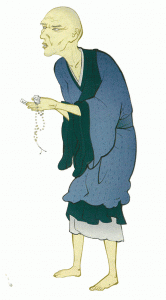
Three years after his second renunciation, he received the true essence of invocation from the Kumano Gongen deity in 1274 while confining himself in the Shōjō-den Hall of the Kumano-hongū Shrine for prayer. This is regarded as the establishment of the denomination. He comprehended that ōjō (beatification) could be attained with nothing but Namu-Amidabu, and distributed the tablets of invocation with a credence that he should not question whether or not a receiver has belief and that he should not detest anyone regardless of whether or not their mind is pure.
In 1289, at the age of 51, he passed away at Kannon-dō Hall at Kōbe (Shinkō-ji Temple, Hyōgo Ward, Kōbe City). You can observe his majesty as a priest who embraced a life of poverty and belief from the statue of Ippen in the precincts of Yugyō-ji Temple.
Second Patriarch Shinkyō Shōnin (1237–1319)
It was Ta-A Shinkyō who in reality established the denomination following Ippen. His birthplace may have been Ōita or Kyōto. His life before he met Ippen is hardly known to us. He was given the name Ta-Amidabutsu (= Ta-A) as the first disciple of Ippen and travelled with him for 12 years. After Shinkyō, successive Shōnins (Patriarchs) of Yugyō-ji Temple have been called Ta-A, too.
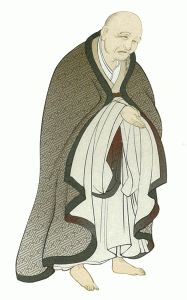 He played a significant role in organising the followers and systematising the Jishū Order after Ippen passed away. Because Ippen wandered from place to place, there had been no repetitive continuity in opportunities to receive teachings. Shinkyō therefore opened dōjō-s (practice centres) in various places and made efforts to train priests and improve propagation methods.
He played a significant role in organising the followers and systematising the Jishū Order after Ippen passed away. Because Ippen wandered from place to place, there had been no repetitive continuity in opportunities to receive teachings. Shinkyō therefore opened dōjō-s (practice centres) in various places and made efforts to train priests and improve propagation methods.
Due to his illness, he had stayed alone at Muryōkō-ji Temple in Taima (Minami Ward, Sagamihara City) for 15 years since 1304. Even during this period, he devoted himself to the development of Ji-shū Denomination by writing the Dōjō-sēmon (the Written Vows for Dōjō-s) in order to propagate Ippen’s teaching.
Annual Events
| January 1 | New Year’s Day Ceremony | (修正会: Shushō-e) |
| January 12 | First Distribution of Tablets | (初賦算: Hatsu Fusan) |
| February 3 | Evil-dispelling Ritual at the Time of Seasonal Change | (節分追儺式: Setsubun Tsuina-shiki) |
| February 15 | Buddha’s Nirvāṇa Ceremony | (涅槃会: Nehan-e) |
| April 8 | Buddha’s Birthday Ceremony | (釈尊降誕会: Shakuson Gōtan-e) |
| April 21-24 | Spring Memorial Ceremony of Temple’s Founder | (春季開山忌Shunki Kaisan-ki) |
| Mid June | Memorial Services for Animals | (犬猫慰霊法要: Kenbyō Irē-hōyō) |
| September 15 | Susuki Ceremony of Invocation | (薄念仏会: Susuki Nembutsu-e) |
| September 21-24 | Autumn Memorial Ceremony of Founder Ippen | (秋季開山忌Shūki Kaisan-ki) |
| November 18-28 | Invocation Ceremony at Specified Period of Time | (大御台: Ōondai) |
| November 27 | Ritual of Extinction of Lamplight/ Single Lighting of Fire | (御滅灯/一ツ火: Omettō/ Hitotsubi) |
| November 28 | Reception with Refreshment | (大御台: Ōondai) |
Temple Precinct Guide
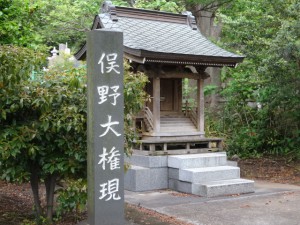
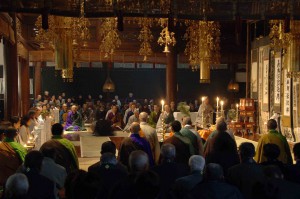
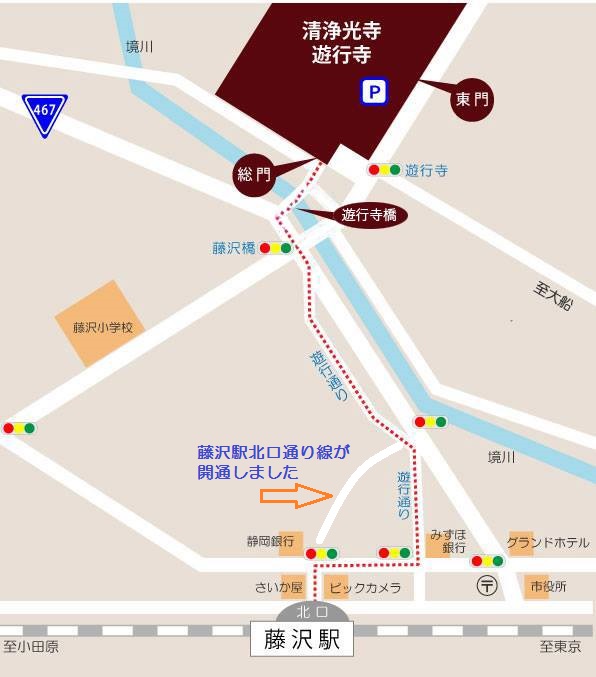
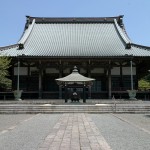
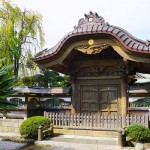
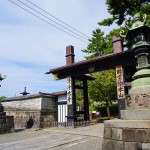
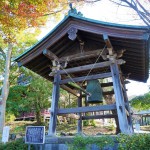
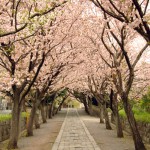
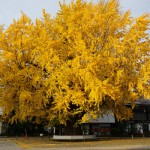
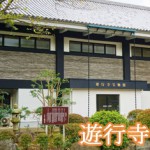
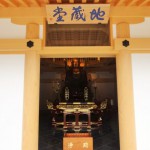
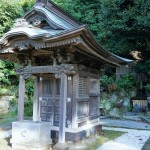
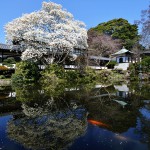
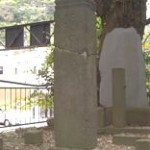
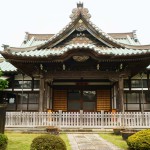
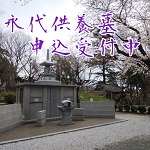
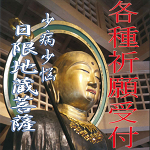
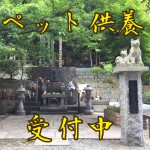
 TEL
TEL